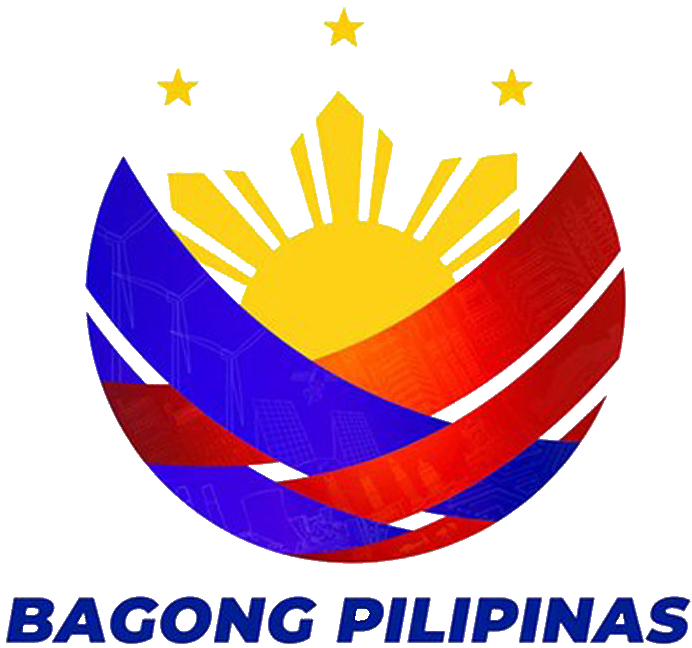Cagayan is richly endowed with mineral and forest resources. It has many things to offer to natural sciences scholars, eco-tourists and resource-based investors.
For Tourists and Visitors: Panoramic beaches, cavernous caves, verdant valleys, thunderous waterfalls, swift rapids, breathtaking vistas are the initial Cagayan’s nature’s delights and wonders. The vast coastal shores and yonder seas are further game fishing and sea-turtle-, dolphin- and whale-watching adventure playgrounds.
For investors: Vast croplands, grasslands, production forests, marine and inland waters, huge mineral deposits, proximity to the emerging dragons of East Asia, a pliable, skillful and plentiful workforce, and bio-diverse resources await them.
Agriculture
The Province is among the major agriculturalproducts suppliers of the National Capital Region, especially for grains and legumes. Rice, corn, vegetables, sugar, mango, cassava, banana, cacao, coffee, tubers, watermelon and other agricultural crops abound in the Province.

Cagayan is also Region 2’s major livestock producer. It has the third largest population of carabaos in the entire country, with a total of more than 138,000 heads. Majority of Cagayan’s stocks are native carabaos, however, new breeds are being introduced for meat and dairy. The cattle population of the Province is more than 37,000 heads.

Production of cattle, carabao, goat, and sheep, both for meat and dairy, has a great potential for development in Cagayan owing to the wide expanse of available pasture lands and disease free local stock. Commercial hog and poultry raising are also growing industries in the Province. The Province’s sizeable food harvests can support large-scale food processing and animal feed milling industries.
Forest
Forests cover half of Cagayan’s total land area.These forests are a rich source of timber, rattan, bamboo and nipa. Medium and smallscale wood processors transform these raw materials into furniture, builder’s woodworks, gifts, toys and houseware items which are exported to Japan, Taiwan, United States and Europe.

Industrial and orchard tree plantations for gmelina, narra, mahogany, acacia mangium, mango, citrus and other fruit-bearing trees, cacao and others are viable endeavors in Cagayan.
Tree plantations in conjunction with the reforestation efforts of the government are expected to sustain the increasing growth of the Province’s furniture industry that would result in the generation of employment and higher export earnings for the Province.
Fisheries and Aquatic Resources
Cagayan’s coastline is one of the longest in the country having almost 73% of Cagayan Valley Region’s coasts. This is aside from the large rivers and their tributaries, lakes, creeks and streams which are also rich fishing and aquaculture grounds. Untapped coastal fishing grounds stretch from the towns of Sta. Praxedes in the west to Sta. Ana on the east, on its northern coast facing the Babuyan Channel (China Sea); and from Sta. Ana down to Peñablanca on its eastern coast facing the Philippine Sea (Pacific Ocean). Despite this endowment, the Province’s fish production is not even enough to supply and sustain its own fish requirements.

Deep sea fishing is not a common occurrence in the Province – thus, foreign poachers are the ones reaping the bounties of its seas. Cagayan’s deep seas are known for species like tuna, tuna-like fishes, hairtail, snapper, scad, slipmouth, mullet, grouper, shrimp, squid, and lobsters. The inland waters are used primarily by subsistence fishermen. Few privately-operated fishponds and fish cages contribute to the overall fish supply of the Province. Only about 1,893.84 are used for fishpond operations. Out of which, 1,369.22 hectares are used for brackish fishpond operations. A total of 46,303 cubic meters are used by various cooperators for fish cage operations. Out of which, 41,034 cubic meters are used for brackish fish caging. Buguey has the widest area for fishponds and Sanchez Mira has the highest fish cage cooperators. Tilapia, bangus, tiger prawn, mud crab, shrimp and siganid are commonly raised and cultured.
About 91 hectares are used for other aquaculture activities like oyster, mussel and seaweeds culture.

The beaches and waters surrounding Port Sta. Ana up to Cape Engaño in Palaui Island offer a haven for fishing and scuba enthusiasts. This area is known for the prime fish catches of various species of tuna, tuna-like species, snappers and other fishes. The area is said to have the largest blue fin tuna catch in the entire country. This may be due to the fact that it is part of the Luzon Strait which is a known migratory path and feeding ground of tuna and other prime fishes.
Large-scale development of the fisheries industry, both for aquacapture and aquaculture, is one of the possible ventures for investors.
Minerals
Large deposits of both metallic and non-metallic mineral resources such as gold, copper, iron, magnetite sand, manganese, perlite, limestone, sulphur, gypsum, guano, silica, phosphate deposits, ceramic clay, bentonite clay, red burning clay, black sand, pebbles, sand and gravel are found in Cagayan.

Only few of these mineral reserves, however, are being mined, and are yet to be developed on commercial scales.
To date, there are various prominent mining companies undertaking exploration activities in the Province. Gold and copper explorations are being conducted in Claveria and Peñablanca. Limestone extractions in Gonzaga and Sta. Teresita and open-cut small-scale mining for manganese are also being undertaken in Barangays Dagupan and San Mariano of Lal-lo.

The only dominant mining activity in the Province is gravel and sand extraction. Large coal reserve whose quality is appropriate for power generation was discovered in Iguig and the exploration permit of the company involved is now converted to development permit.







